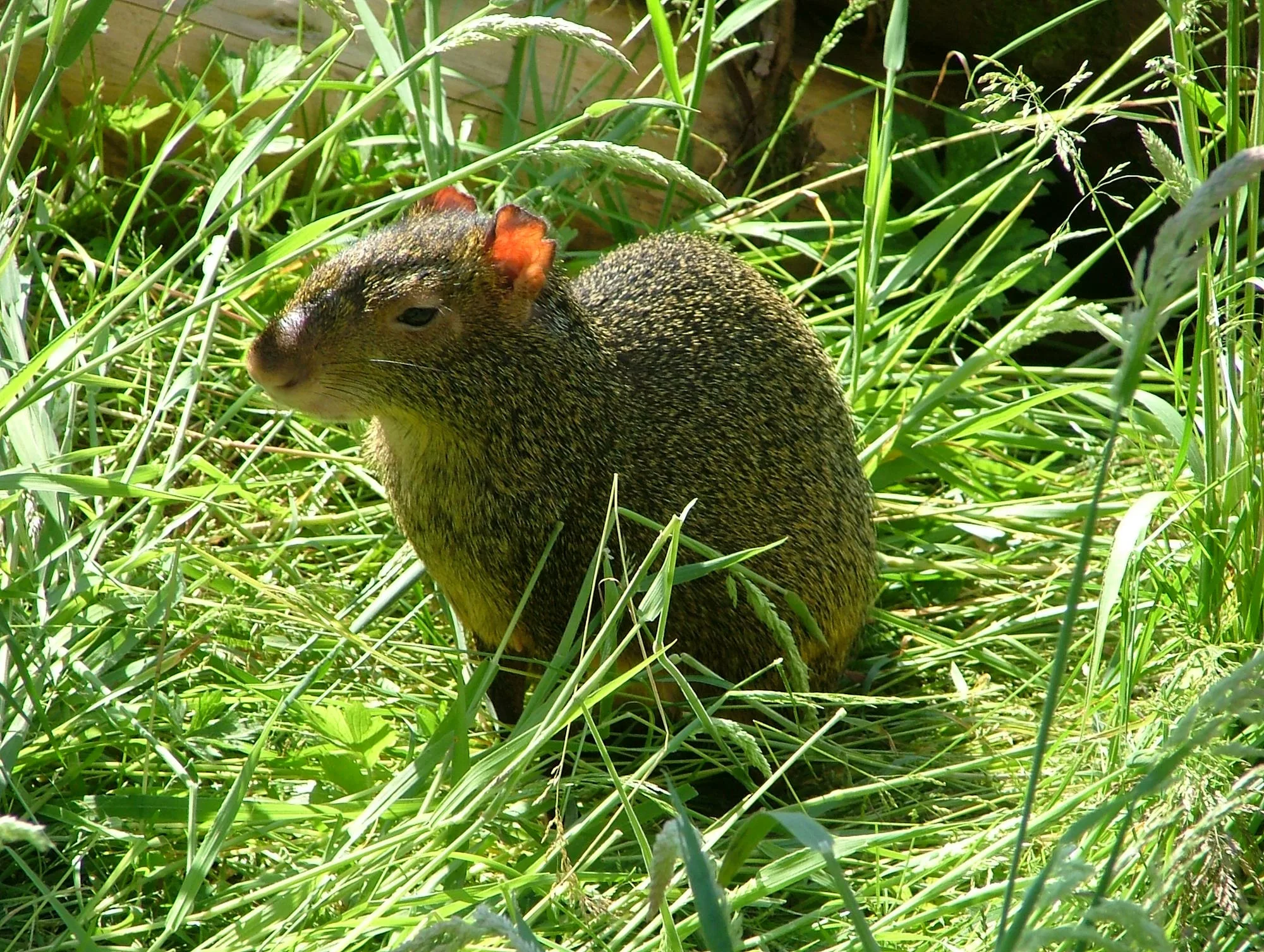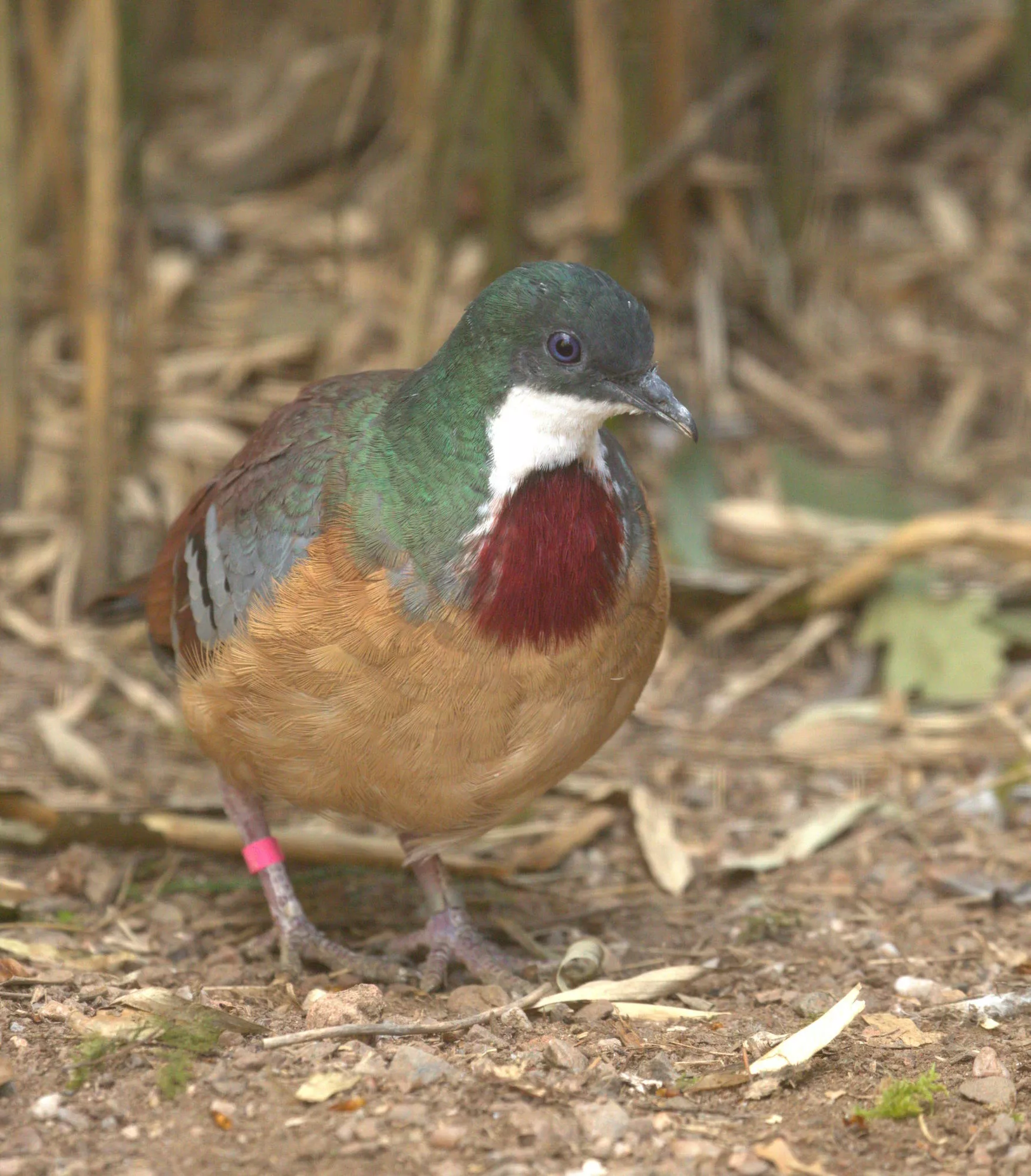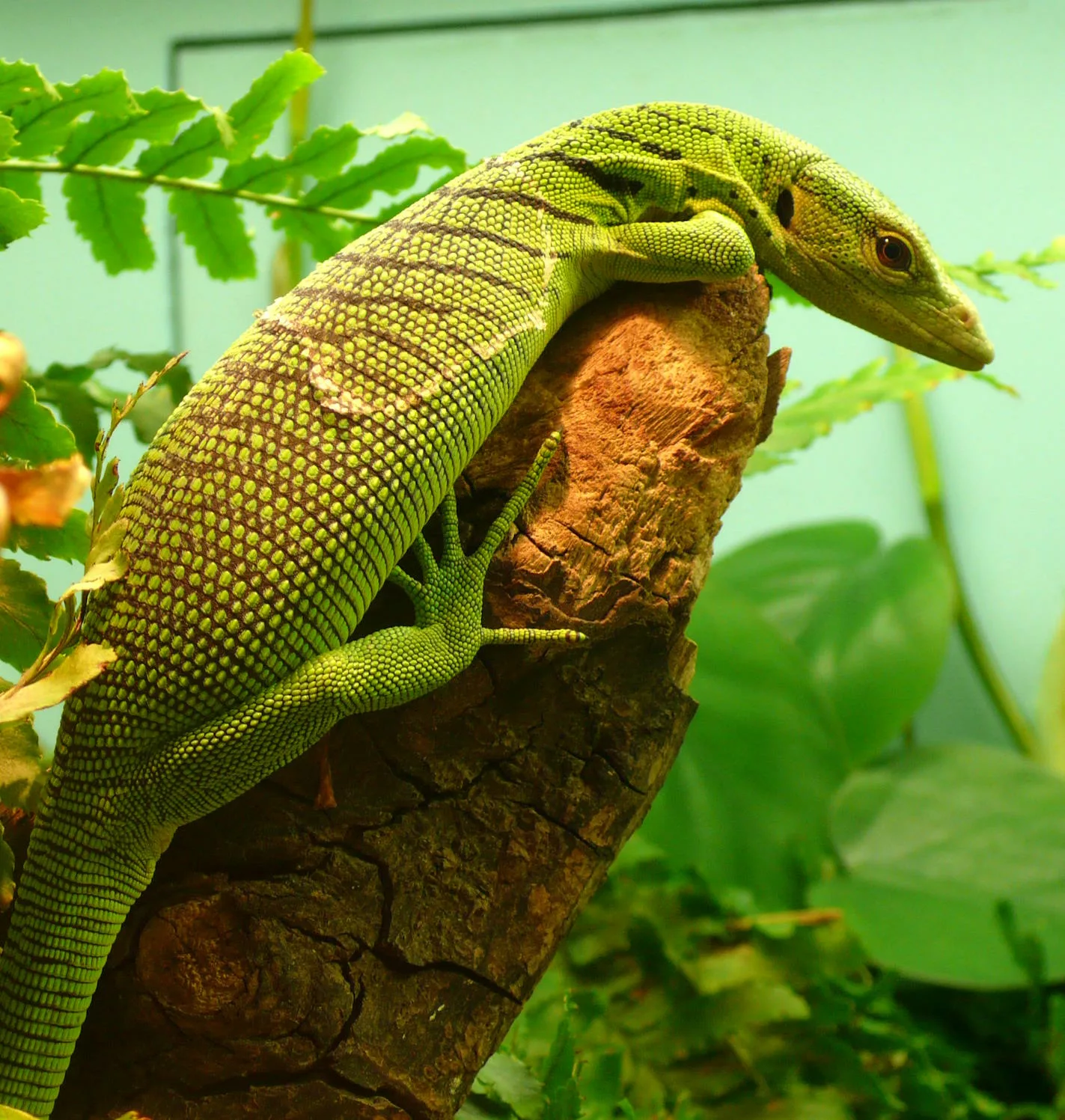
Eurasian lynx
Scientific name: Lynx lynx
IUCN listed as: Least Concern
Learn before you visit!
Here are some facts about the species – Discover what they eat, find out about their natural habitat, see what they like to do, and more… Set the reading style to suit you too, everyday speak or something aimed towards children.
Child-friendly
Everyday
Diet
The Eurasian Lynx is a strict carnivore, primarily preying on small to medium-sized ungulates such as roe deer, chamois, and musk deer. Their diet also includes smaller mammals like hares, rabbits, and various rodents, as well as birds. They are solitary hunters, relying on stealth and strength to ambush prey, often from a concealed position. In winter, they may target larger prey, which are more vulnerable in deep snow. This varied diet is crucial for their survival across different regions and seasons.
Eurasian Lynxes eat meat, mainly deer and small animals like hares and birds. They hunt alone, sneaking up on their prey to catch it. In winter, they might hunt bigger animals because it’s easier to catch them in the snow. This diet helps them stay strong and healthy throughout the year.
Breeding
Eurasian Lynxes typically breed once a year, with mating occurring in late winter, usually from February to March. Females give birth to a litter of 1-4 kittens after a gestation period of about 70 days. The young are born blind and helpless, staying with their mother for up to 10 months, during which time they learn essential survival skills. Lynxes reach sexual maturity at around two to three years of age. The breeding success of these cats is influenced by the availability of prey and suitable den sites.
These lynxes have babies once a year, usually in the spring. A mother lynx can have 1-4 kittens, which stay with her for almost a year to learn how to hunt. The kittens are born blind and need their mother’s care to survive. They grow up and can have their own babies when they are about two or three years old.
Habitat
The Eurasian Lynx inhabits a wide range of environments, including temperate and boreal forests, alpine tundra, and rocky mountainous areas. They are found across Europe and Asia, from Western Europe to the Russian Far East, and down into the Himalayas. These lynxes prefer areas with dense undergrowth that provides cover for hunting and denning. Habitat loss due to deforestation and human encroachment remains a significant threat, although they have shown some adaptability to modified landscapes. Conservation efforts focus on protecting and restoring these critical habitats.
Eurasian Lynxes live in forests, mountains, and rocky areas across Europe and Asia. They like places with lots of bushes and trees to hide in. These homes give them food and places to rest. Protecting their homes is important because cutting down forests can harm them.
At the zoo
In zoos, Eurasian Lynxes are provided with enclosures that mimic their natural habitats, including dense vegetation and ample space for climbing and hiding. Zoos play a vital role in the conservation of these lynxes through breeding programs and public education. They offer a controlled environment that ensures proper nutrition and healthcare, helping to maintain healthy populations. Educational displays and interactive programs help raise awareness about their ecological role and the challenges they face in the wild. Research conducted in zoos contributes to our understanding of their behaviour and needs.
In zoos, Eurasian Lynxes live in areas that look like their natural homes with lots of trees and hiding places. Zoos help protect these animals by breeding them and teaching people about them. They get good food and medical care to stay healthy. Zoos also help scientists learn more about lynxes and how to save them in the wild.
Behaviour
Eurasian Lynxes are solitary and territorial animals, with males having larger territories than females. They are mainly crepuscular, being most active at dawn and dusk, and spend their days resting in dense vegetation or rocky crevices. Communication between lynxes is through scent markings and vocalisations, especially during the breeding season. They are excellent climbers and can often be found in trees or on high rocks, watching for prey. Their solitary nature and elusive behaviour make them challenging to study in the wild.
These lynxes live alone and are active at dawn and dusk. They mark their territory with scent and sounds to keep other lynxes away. They are great climbers and can often be found in trees. Their secretive nature makes them hard to see in the wild.
Fun facts
- Big Jumpers: Eurasian Lynxes can jump up to 2 metres high.
- Silent Hunters: They are very quiet hunters, sneaking up on their prey.
- Large Paws: Their big paws act like snowshoes, helping them walk on snow.
- Tufted Ears: The tufts on their ears help them hear better.
- Wide Range: They live in many different habitats, from forests to mountains.
- High Jumpers: Eurasian Lynxes can jump as high as 2 metres.
- Quiet Hunters: They are very sneaky and quiet when hunting.
- Snowy Feet: Their big paws help them walk on snow without sinking.
- Ear Tufts: The hair on their ears helps them hear really well.
- Many Homes: They can live in forests, mountains, and even rocky places.
More animals to discover at our zoo
Quick Links
Tickets & Prices
You can buy tickets for Exmoor Zoo securely online, as well as finding out more price options, discover offers, and more…
What’s on…
Exmoor Zoo hosts incredible Events all through the year. You can find out about what we’ve got in store here…
Routes & info
Like any great discovery, Exmoor Zoo can feel a little off the beaten path – but don’t worry – you can plan your journey with our recommended routes and other useful travel info.



























